Sound
For reference:
ohm image: RMAA: nextDrive Spectra 24-bit
ohm image: RMAA: Astell&Kern AK380 24-bit
ohm image: RMAA: Chord Mojo 24-bit
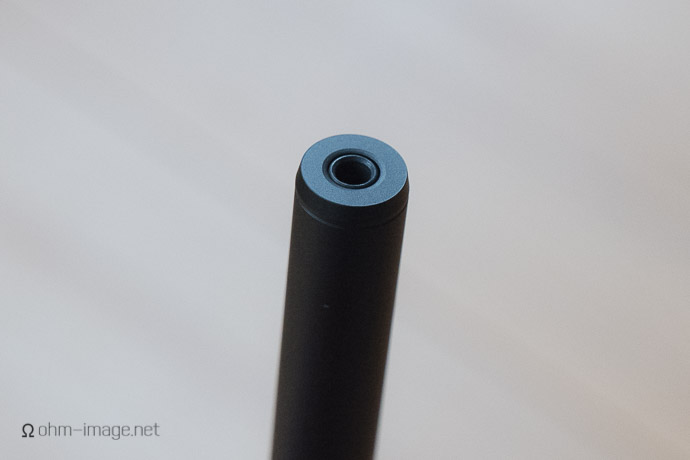
I’ll start this section with a bit not about sound. Because this and the following paragraphs determine how easily it is to plug, unplug, and position for listening, I’m confident that labouring here isn’t a mistake. From Geek Out to Dragonfly, most Plug & Play USB audio devices plug hard into a computer from their butt. And many of those butts are big. Some (Geek Out) are so fat they block ports next to or under them. The slimmest jut precariously from the side, or back, of your computer. Pushing in and removing headphones may just as easily dislodge connection to the computer. Most of them put undue stress the USB port. Spectra’s cable-and-plug system do not.
Spectra’s nylon-clad cable whips into just about any shape necessary to start and keep listening. I’ve not once dislodged it whilst packing, unpacking, moving, and listening via my MacBook Pro. It hangs down from my iMac making headphone insertion and removal trivial. All of this makes listening through Spectra a pleasure.
Listening itself is a pleasure.
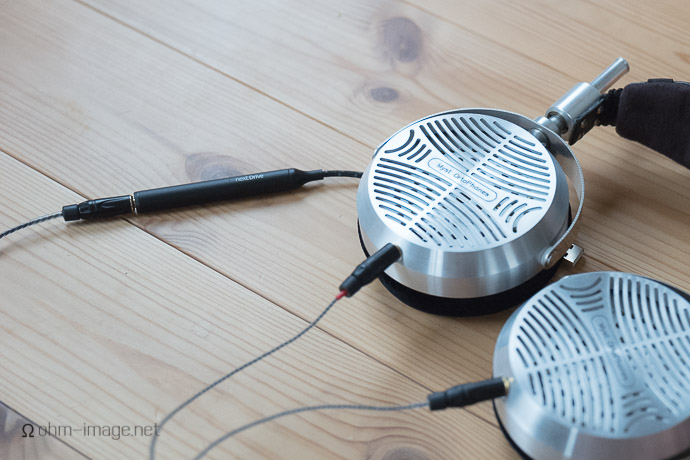
Spectra is about as noiseless as it gets; it certainly is for its price, if not for way, way above it. Through sensitive earphones extremely low level hiss is audible when music is paused, and even through the Campfire Audio Andromeda, it is about as minimal as it gets. And at just about the level you hear from an Astell & Kern AK380. In other words, Spectra has few to no rivals.
Unloaded, it rivals AK380 SNR levels and kicks out a noise level of almost -120dB, or about -2dB quieter than the AK380, or playing second fiddle to no one but Chord’s Mojo (at least among the devices I’ve tested since 2009). THD and IMD are ridiculously low. Stereo separation -119,3dB is category-topping. And as I said way above, it is capable of kicking out top volume levels similar to Astell & Kern’s AK70 and AK380 players, both of which are capable of damaging high-input professional in-ear monitors and, in conjunction with the right software, pushing DT880s to piercing levels. More importantly, insensitive planar magnetics like MyST’s OrtoPhones get as loud, and vigorous as they do through something like a Lynx HILO.
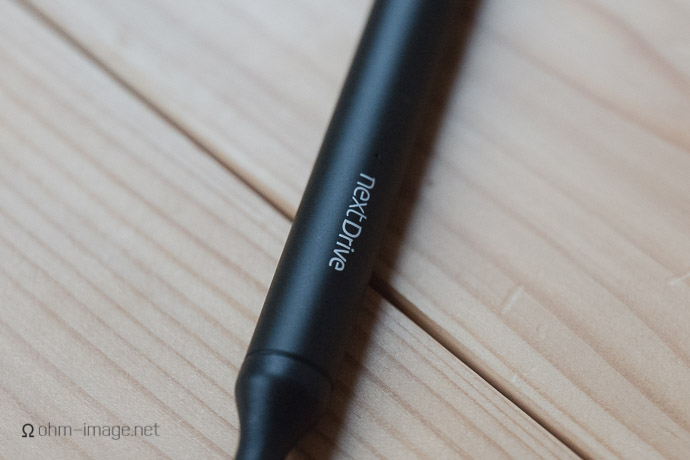
Top volumes under any load but the DT880 aren’t without their driving hiccups. Mainly, stereo separation dives under low-Ω loads to about ~80dB and tops out at about ~100dB. From my perspective, this is understandable for the following reasons;
- At normal listening levels, 80dB of stereo separation isn’t discernible from metric-tested levels in the one hundred and teens level. Your music probably has far, far less stereo separation than that.
- You’re probably listening to average volumes of less than 95dB anyway. Spectra’s ability to top 100dB in any category is immaterial.
What is germane is Spectra’s low IMD and THD noise floor. When set to maximum volume, Spectra’s IMD jumps a thousand times or so and still hard loadedI MD remains below 0%. And that’s at ~119dB, a volume you’ll never listen to anyway, or at least not for long. At that volume, hard stereo veers are audible in test waves, but not really in music.
Essentially, Spectra drives headphones, and with authority. Only the smallest of load-effect aberrations mar its frequency response. Otherwise, the 9018Q2C’s clean, extended, and detailed imagery comes through with crystal and coruscant clarity. There is the smallest stereo accent, which both under load and not, favours mid to high mids, bringing comparative detail-focus to the lows and highs. Highs aren’t hard bright. They are open and extended. Spectra’s FR stays level from 20 – 20.000, and likely beyond. NOS-heads, especially those that favour slow low pass filters and the warming effects high THD and blurred stereo images, should look elsewhere. Spectra is about flat-out performance for the buck.
End words
The nextDrive Spectra is a 129$ Plug & Play that’s an ergonomic miracle for otherwise poorly-accessible ports. It is trivially easy to use. It kicks out sound on the level with devices many, many times its price. I understand that it may eventually come with connections for something beside USB-A devices. I hope for one with a lightning or USB-C butt.
What I don’t hope is that Spectra’s designers get the bright idea to change it. Apart from its reliance on the boring nextDrive logo, it is pretty much perfect.
Well done.





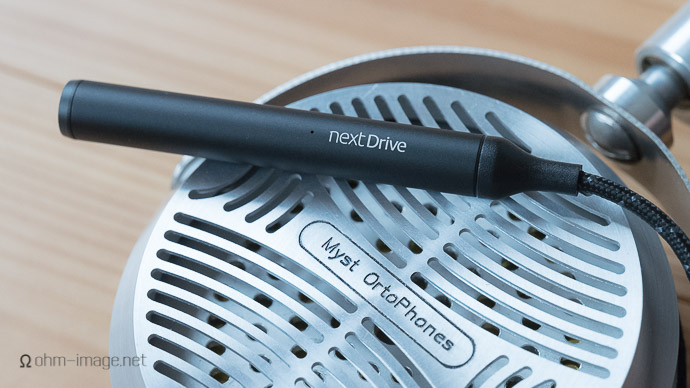
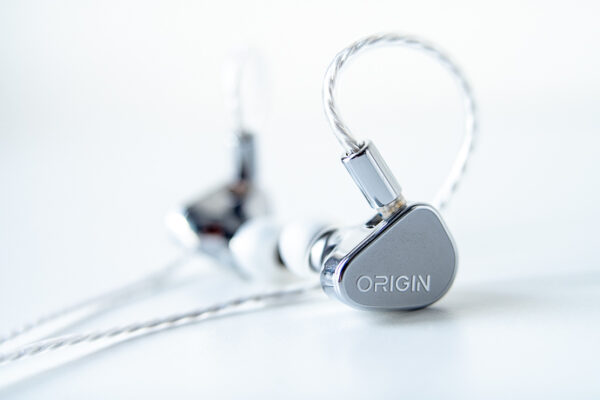
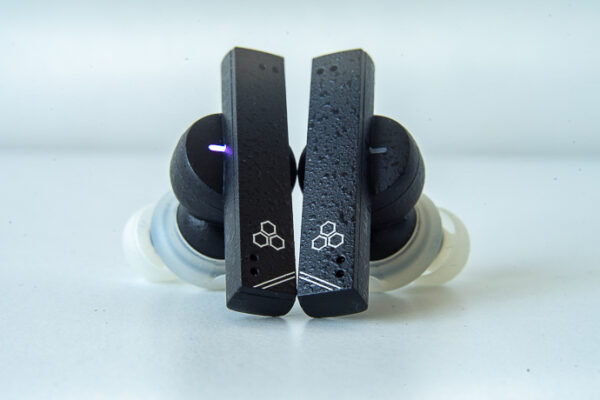
Jim
How would you compare it to the Encore MDSD?
ohm image
I’m afraid I cannot answer that.
Wouter
So, how does it compare to the Dragonflies?
ohm image
I don’t have Dragonflies so I can’t compare.
Wouter
You presented it on Facebook: “Nathan tests out the NextDrive Spectra and is impressed with its result. Move over Dragonfly?”
So I obviously expected that question to be answered in the review and I am slightly disappointed that it isn’t.
ohm image
Hello Wouter
Lieven posted the correlation on FB. It appears to be misleading. I’m sorry for that. I mentioned Dragonfly only as reference to how bendable Spectra’s cable is and how much more friendly it is for hard-to-reach USB ports.
Leon
Does the indicator light change colour for pcm/dsd or different sample rates?
Sorin
Does it have enough power and volume to control Beyerdynamic DT880 600 ohm edition and AKG 712 Pro ? Please give a note from 1 to 10.
ohm image
It depends on the software. Through iTunes, output volume is reduced by about 8dB, and therefore, the output volume is limited to slightly more powerful than an iPhone 6. If you use other software, it gets loud, but not loud like using a high-powered desktop amp.
My DT880 is the 600 and through Spectra I get volume louder than HILO Lynx and similar desktop DACs but there are a lot of dedicated headphone amps that get louder. I find it good enough, but even at max though governed software, I find it usable at max volume.
Through software that isn’t governed, I find the volume loud.
Elliot
Hi Sorin,
This is Elliot from NextDrive.
We gave a sample to sound engineer Filippo Barbieri, and he has been enjoying Spectra with his DT 880 Pros.
ohm image
Elliot,
Thanks for the advice. Like I said, through ungoverned software, headphones, even the likes of 600Ω DT880 and insensitive planars get pretty loud, sometimes louder than dedicated DACs.
s4tch
thanks for the review! is it android compatible? how power hungry it is, would it drain an average smartphone too fast?
azrul
what are those headphone on the thumbnails? Myst Orthophones? never heard this brand before
ohm image
As always, it’s a spelling error on my part. Myst OrtoPhones is the real name. I reviewed them here: http://www.headfonia.com/review-myst-ortophones/
Matt
It goes for $149, actually, and the dollar sign is supposed to go in front. 😛
Nathan
I type like I read.
Ryan
So you aren’t able to compare this product to other similarly priced and sized options?